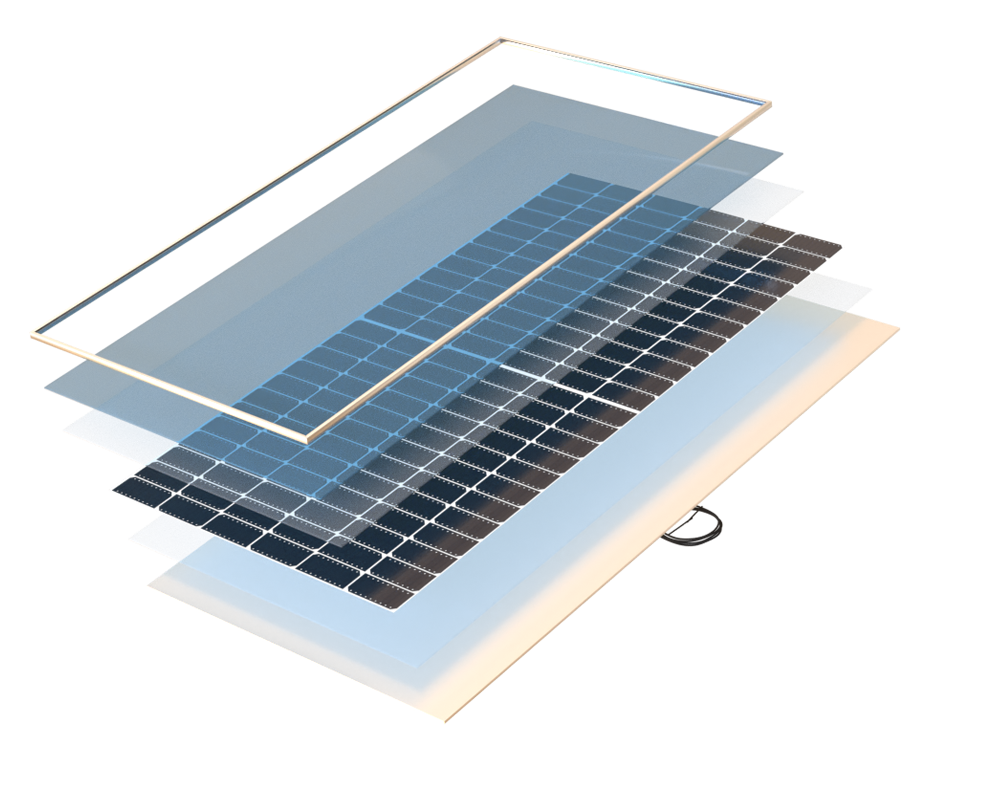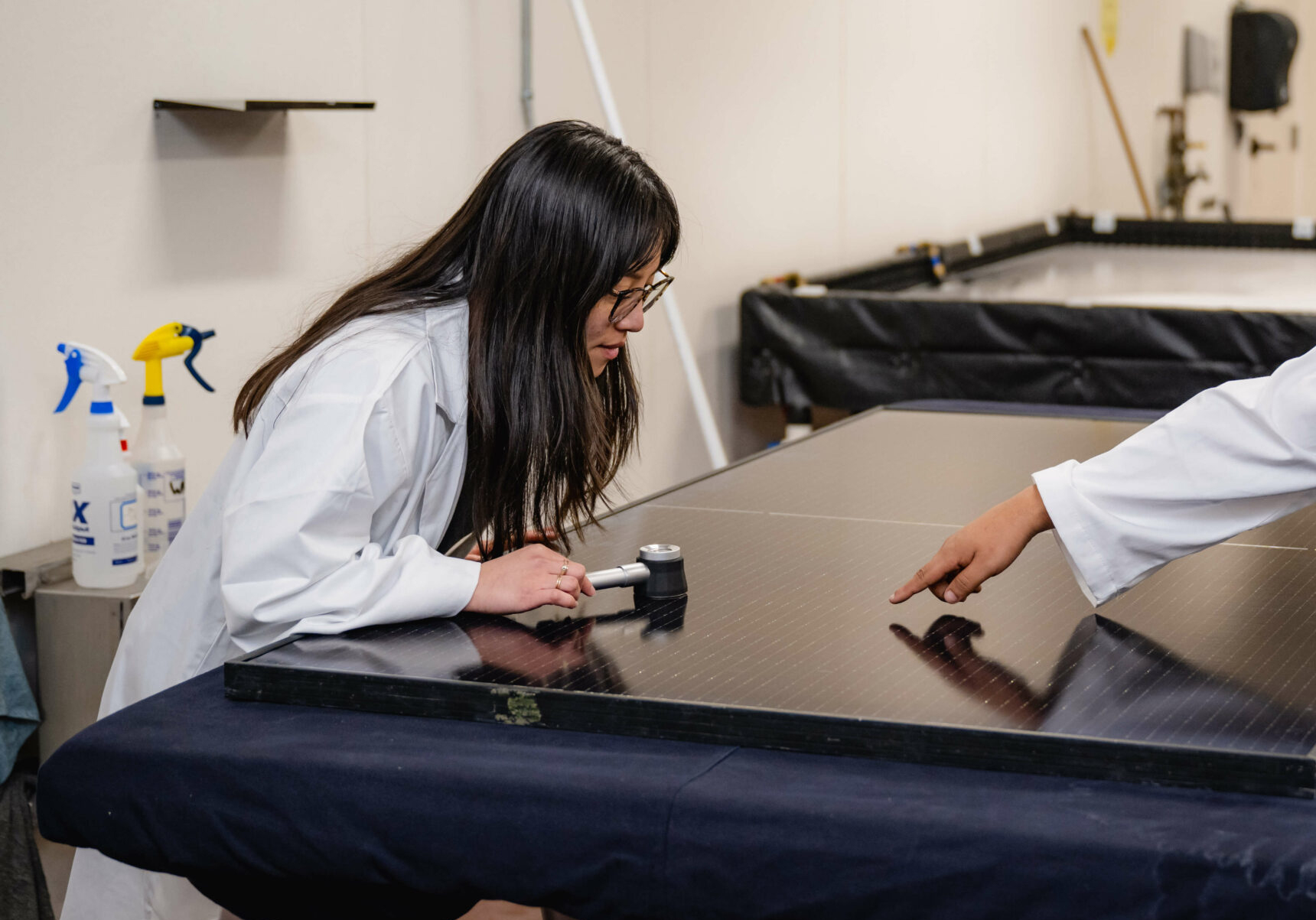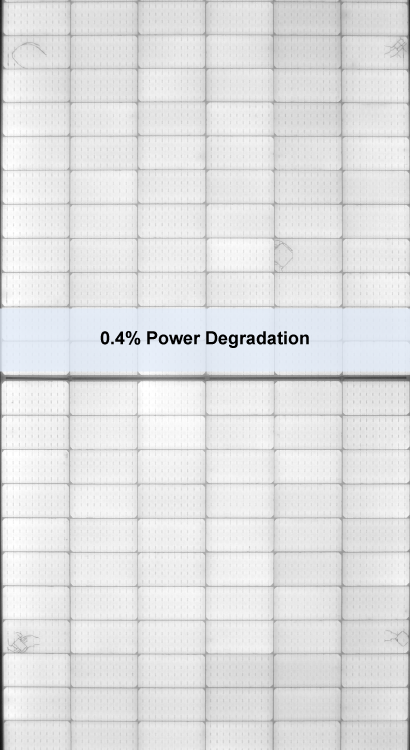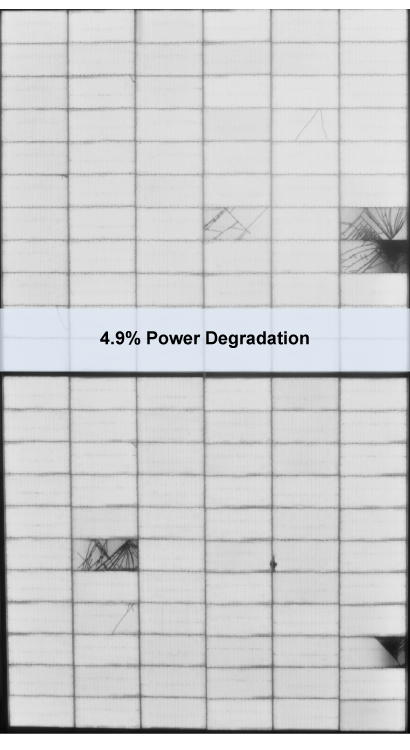The increase in PV sites being deployed to extreme hail prone regions is prompting concern for many in the solar industry. Aside from the hail risk, some of these locations are ideal for large utility-scale solar sites due to the excellent solar resource, available land and economies of scale. Both developers and investors are enticed by these benefits, but hail mitigation methods must be implemented to ensure successful long-term operations.
These mitigation strategies include selecting modules that have higher hail resistance and implementing weather monitoring and tracker stowing practices. They no longer include relying on big insurance payments if the site is severely impacted by hail. In the current insurance landscape for hail claims, insurers are requiring large deductibles, are implementing limits that significantly reduce payouts, and/or are adding exclusions to insurance policies such as not covering modules with cell cracks. This has essentially pushed hail damage risk on to the other project stakeholders.
PVEL’s field team has performed field EL on over 2 GW of sites with hail damages in the past four years. This testing was initially used to identify modules with underlying cell damage and helped size the insurance payment. But as insurance coverage for hail damages grew more restrictive, mitigating hail damage became increasingly important for site owners. PVEL’s HSS goes well beyond the minimum requirements of IEC 61215 and is providing critical data for site developers and investors in determining which modules should be considered to help lower hail damage risk.





